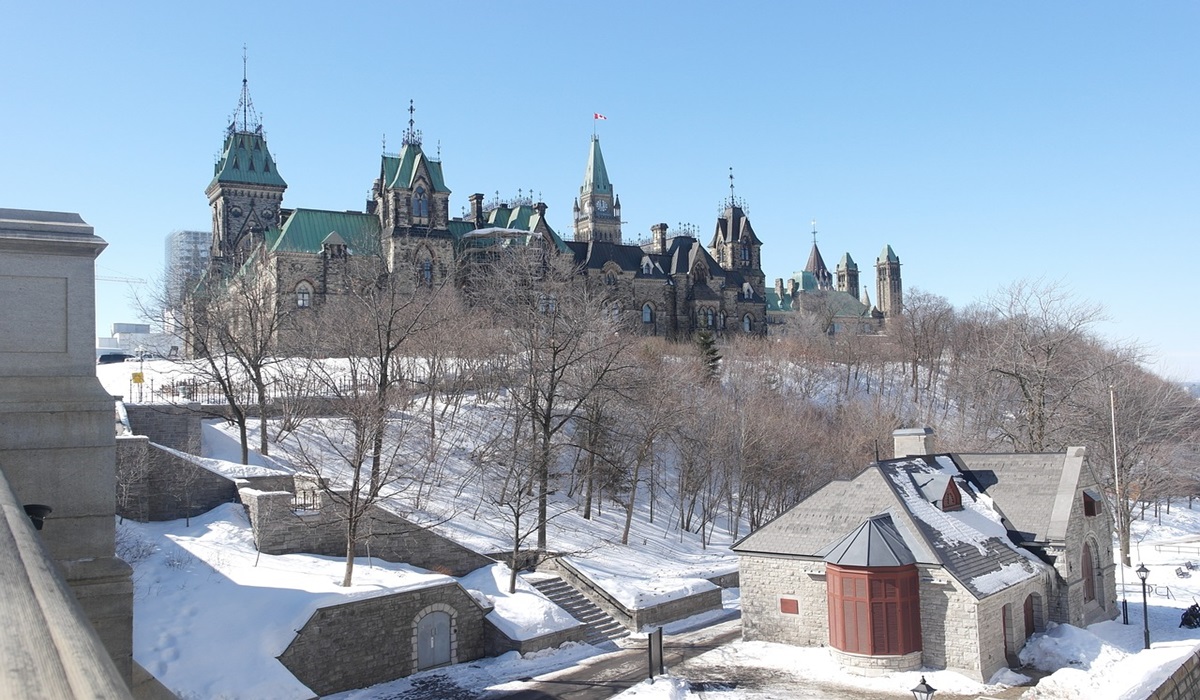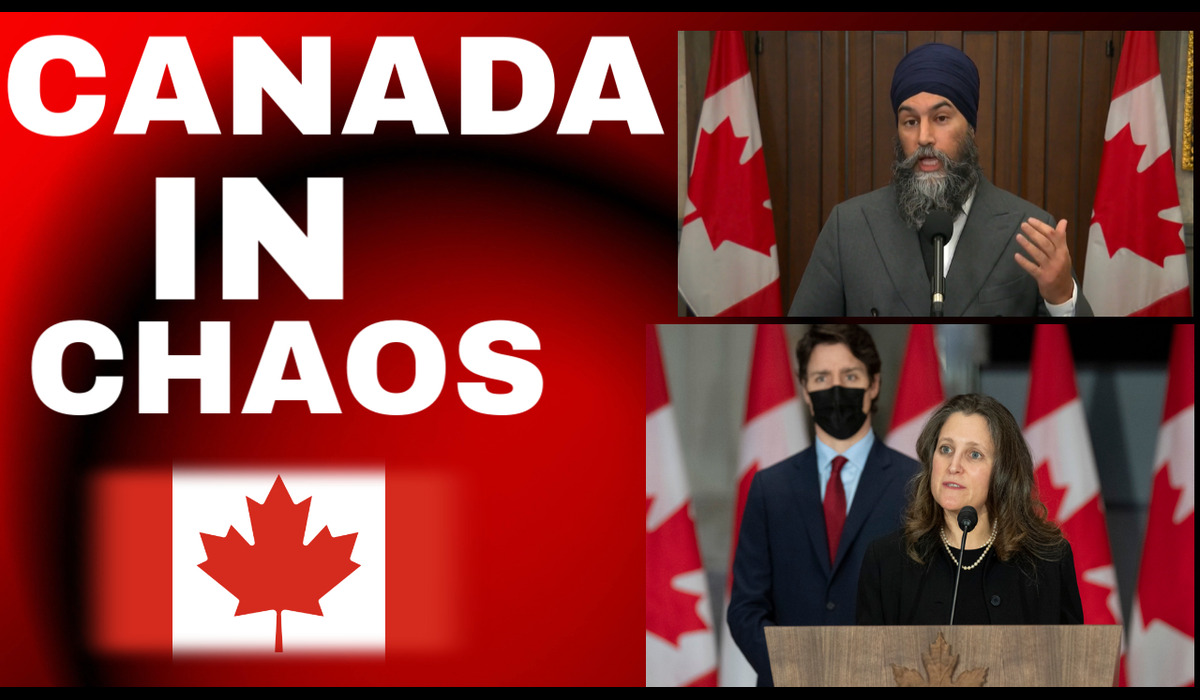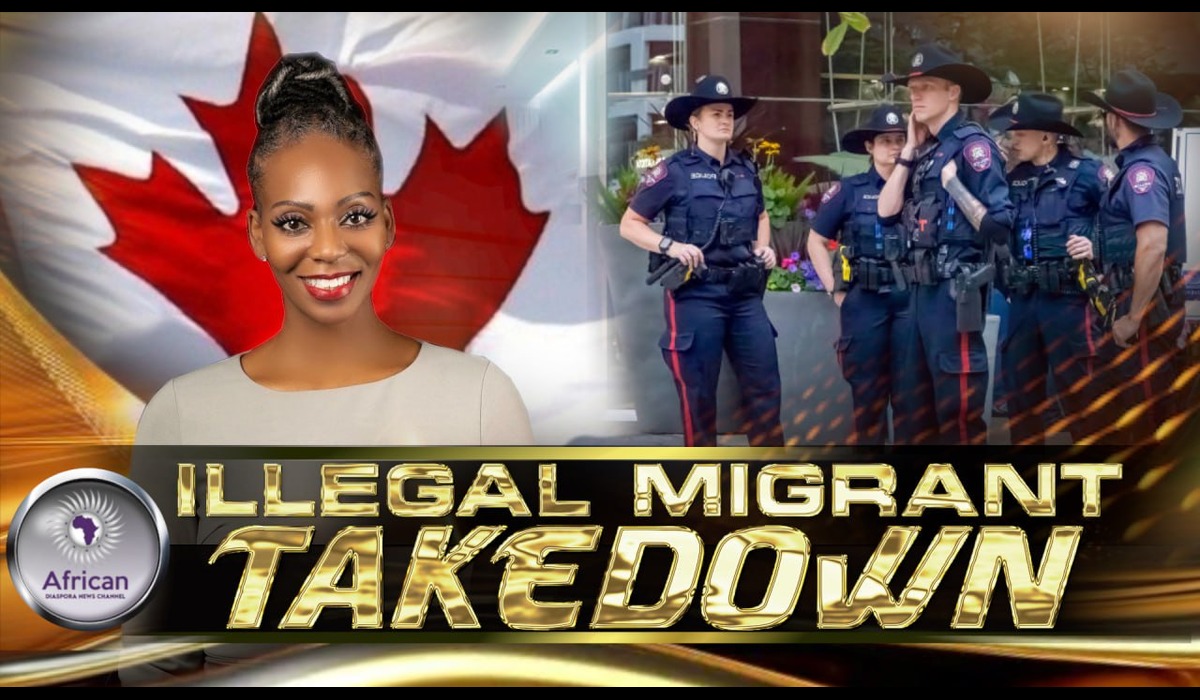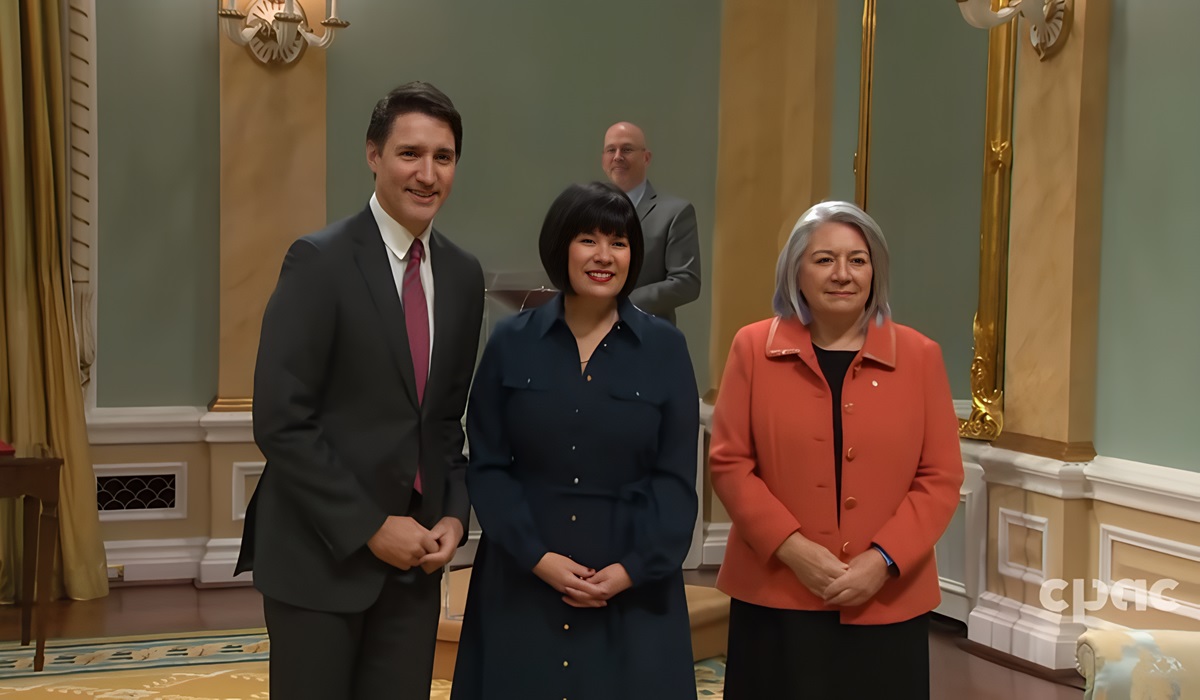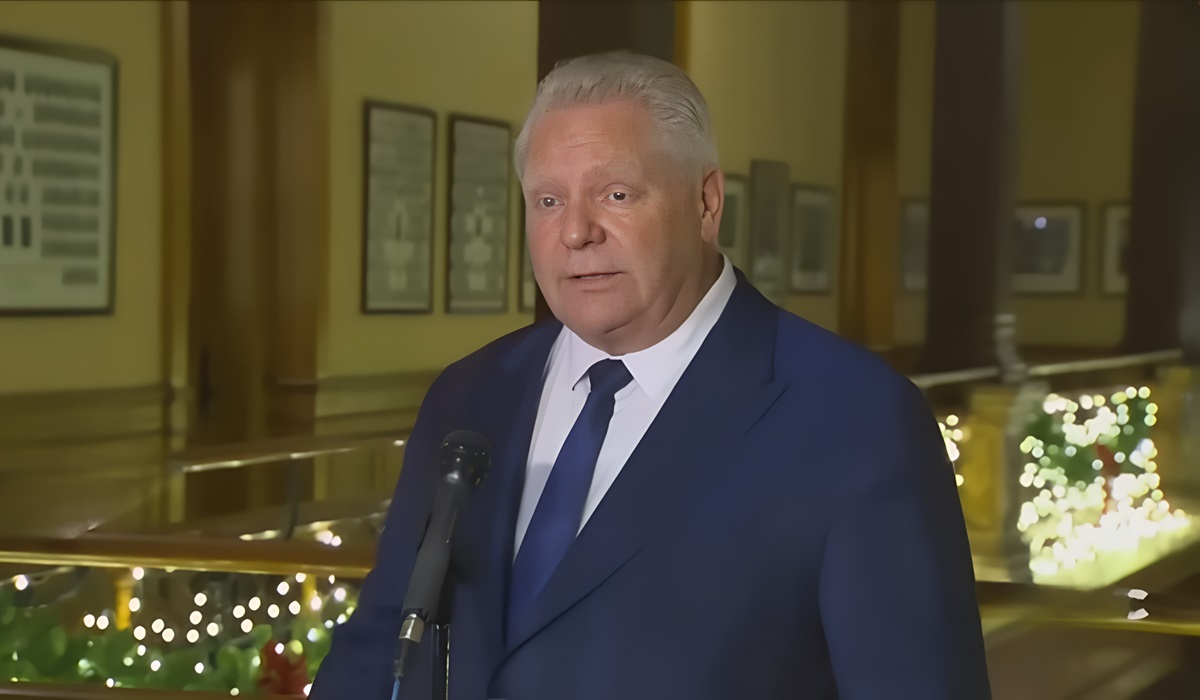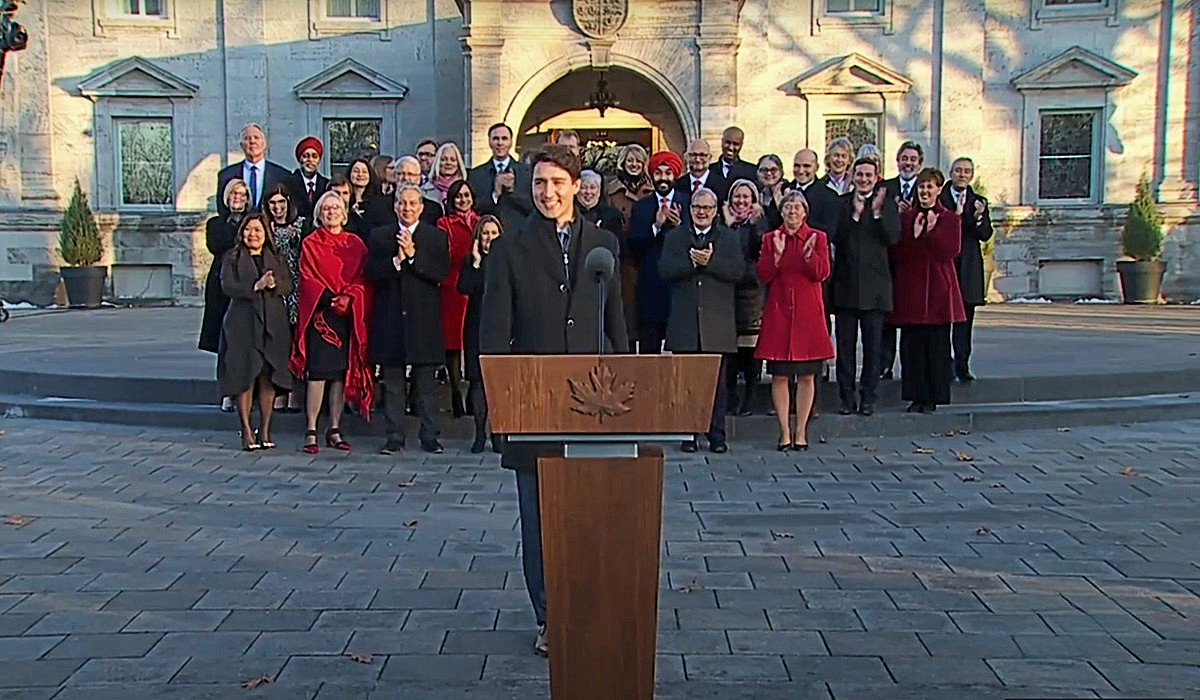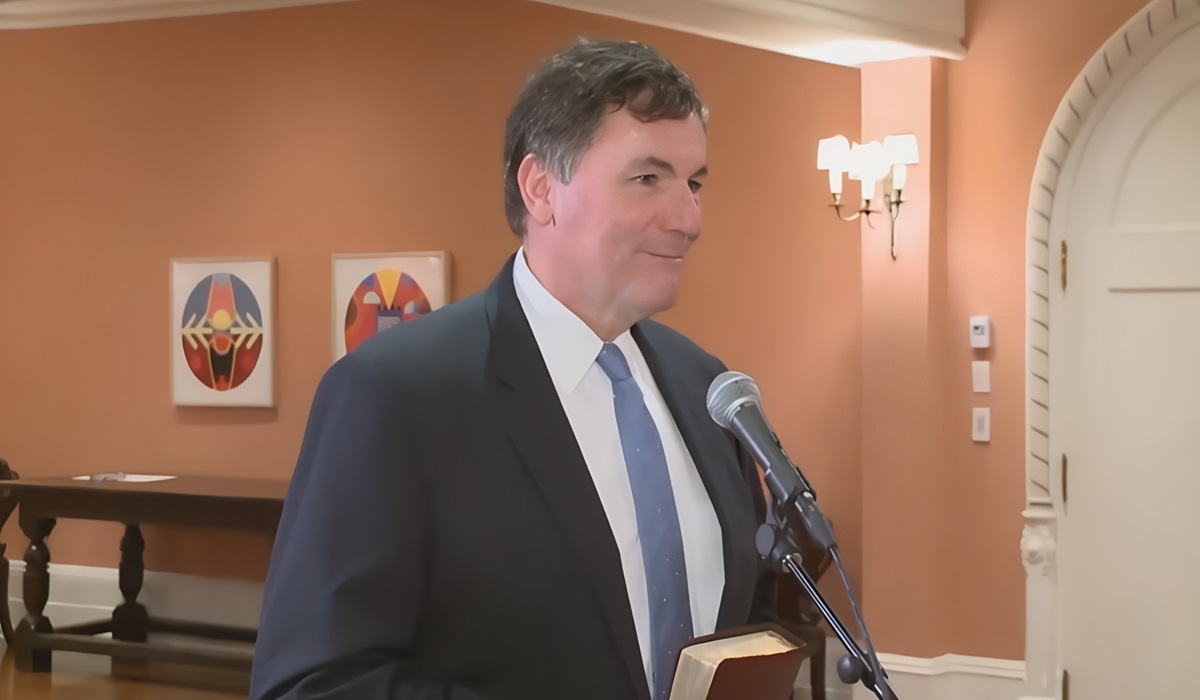Which Party Leader Will Resign After The September Election?
- TDS News
- Breaking News
- Canada
- August 26, 2021

Unfavourable outcomes in the September general election will certainly seal the faith of a few party leaders.
Elections have consequences and after September 20th, there may be new faces leading their respective party heading into the next general election.
Bloc Quebecois
In the last Federal election, no one expected the party lead by Yves-François Blanchet would increase its number of seats from 10 in 2015 to 32 seats in 2019. In doing so, overtaking the NDP to become the third-largest party in Canada and regaining official party status.
Despite having two MP’s not seeking re-election, Blanchet hopes to increase his seat total to at least 40 on election night. If Blanchet reaches his goal or loses some seats, his status as party leader is safe.
The Green Party
In 2019, the party won three seats in the House of Commons, the most since its inception. However, still short of the 12 needed to form party status.
In May of 2019, then party leader Elizabeth May resigned after leading the party for thirteen years and was replaced by Annamie Paul. Paul is still without a seat in the House after failing to secure one in her first attempt losing to Liberal candidate Marci Ien in the 2020 by-election to replace Finance Minister Bill Morneau.
Paul remains the only federal party leader without a seat in the House of Commons.
If Paul is successful in her second attempt to win Toronto Centre, she still faces leadership review but is likely to remain on as leader of the party. If she loses, her tenor as leader of the party is over.
NDP
Jagmeet Singh has lead the NDP since 2017, making him the first Indo-Canadian to lead a major federal party in Canada. Heading into the 2019 election, the NDP had 39 elected MP’s, and on election night, they saw that amount reduced to only 24.
Singh at the time was seen as the new face of Canadian politics and polled well heading into the general election, however, he was not able to transfer his enthusiasm to the ballot boxes.
Heading into the 2021 general election, the NDP had made it a priority to pay back the mortgage they took out on Jack Layton place to help finance the last election, which they did. This was a significant accomplishment in the middle of a pandemic when belts were tightening.
If Singh wants to remain as leader of the party, he will need to regain the fifteen seats he lost in 2019. Anything short of that puts his leadership in Jeopardy and will be the subject of a leadership review. Should the NDP numbers dip below 24 seats on election night, Singh will have no choice but to resign.
The Conservative Party
Heading into the 2021 election, the party has chosen Erin O’Toole to lead them following the resignation of Andrew Scheer. His resignation was due to allegations of misusing party funds to pay for the education of his children. The party also felt they needed to go in a new direction since Scheer has failed to beat Trudeau’s Liberals in the last few elections.
O’Toole is a deep-rooted Conservative with talks of making the tent more inclusive to all Canadians. However, the parties demographics and policies still do not reflect the country. If his party wins the most seats, he will become Prime Minister. And if the Conservatives remain the official opposition, O’Toole’s status as party leader is safe as it will be his first election as leader. He will have the next general election to prove himself before talks of replacing him grow louder.
Liberal Party
The current Prime Minister and leader of the Liberals, Justin Trudeau became the leader of his party in 2013. Trudeau won on the first ballot with 80% support replacing Michael Ignatieff.
Trudeau had the name recognition and the support of members who still held his father in high esteem. His improbable majority win in 2015 was the country wanting to go in a new direction after a decade of Stephen Harper.
The rookie Prime Minister focused on reconciliation with Canada’s Indigenous people, making his cabinet gender parity, attacking climate change and changing the divisive tone in Ottawa.
Trudeau also had many missteps in the final year of his first term where photos surfaced of him wearing a black face as a teacher, the WE scandal and the ousting of Jody Wilson Raybould from caucus. All those mistakes ultimately cost him his majority government in 2019.
Minority governments don’t last and, that is why Canadians are going to the polls in September. The country has overwhelmingly approved of Trudeau’s handling of the COVID-19 pandemic and keeping Canadians safe. A stark contrast to that of his previous US counterpart Donald Trump.
Should Trudeau’s Liberals become the opposition party, his resignation is all but a formality. If he remains Prime Minister and fails to regain his majority government, questions of his ability to lead the party will grow louder. However, no change is likely to happen until the mandatory party leadership review.

